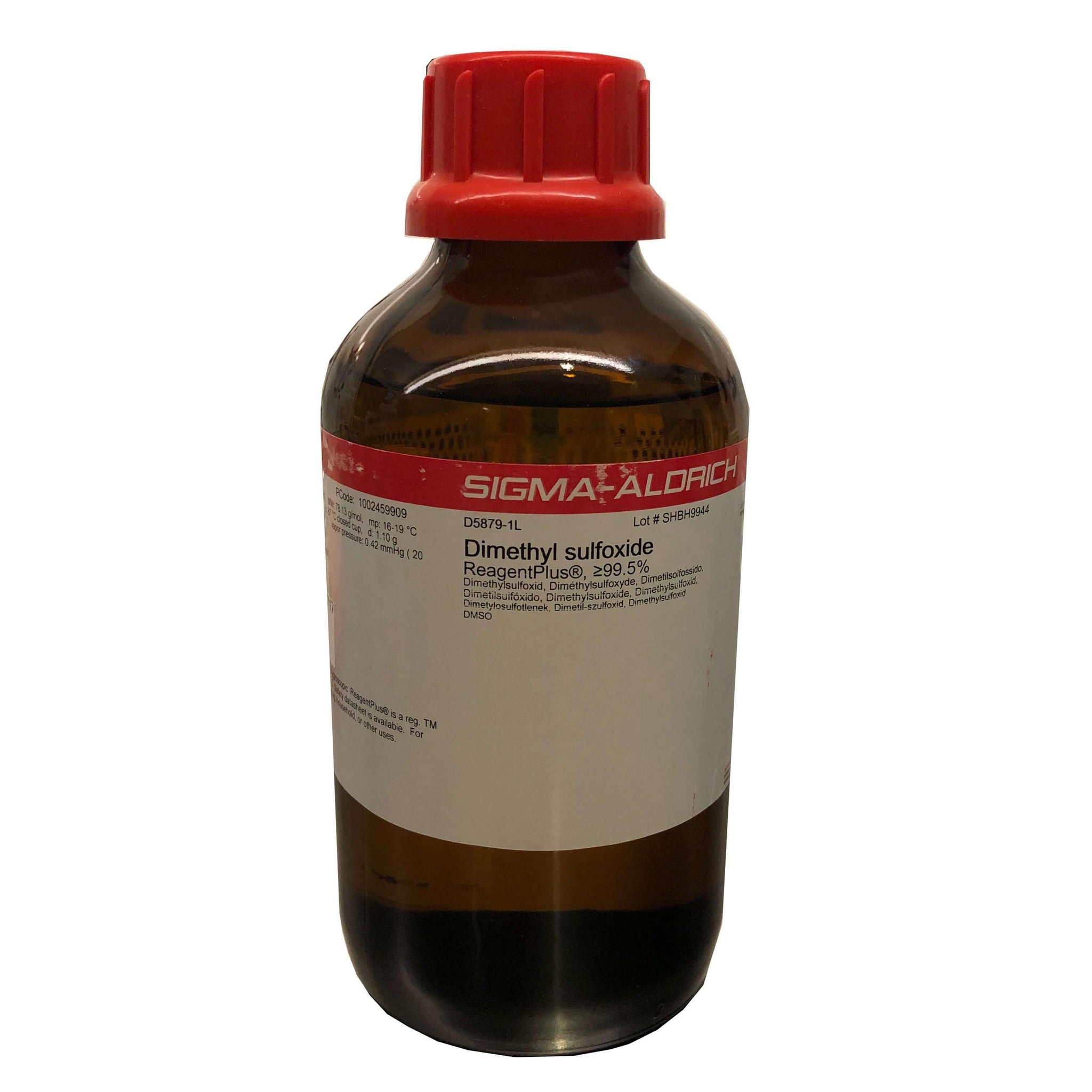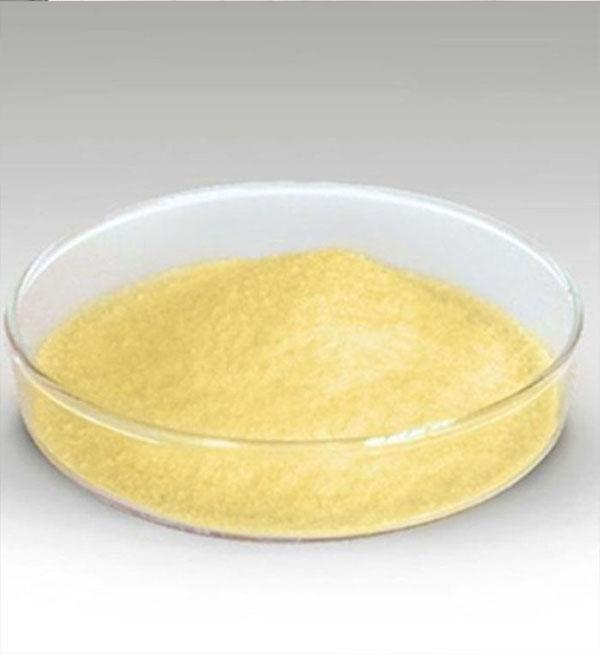

.png)
Other names are noted in the table above. Sulfonates are sulfonate acid esters and sultones are the equivalent of lactones. For example, C 2H 5SC 3H 7 is ethyl propyl sulfide and C 2H 5SCH 2SC 3H 7 may be named 3,5-dithiaoctane. The prefix thia denotes replacement of a carbon atom in a chain or ring by sulfur, although a single ether-like sulfur is usually named as a sulfide. The prefix thio denotes replacement of a functional oxygen by sulfur. The nomenclature of sulfur compounds is generally straightforward. Finally, oxidation of sulfides with hydrogen peroxide (or peracids) leads first to sulfoxides and then to sulfones. Mild oxidation of disufides with chlorine gives alkylsulfenyl chlorides, but more vigorous oxidation forms sulfonic acids (2nd example). Thus, thermodynamics favors disulfide formation over peroxide. The S–S single bond is nearly twice as strong as the O–O bond in peroxides, and the O–H bond is more than 25 kcal/mole stronger than an S–H bond. The reasons for this different behavior are not hard to identify. An equivalent oxidation of alcohols to peroxides is not normally observed. In the first case, mild oxidation converts thiols to disufides. We see some representative sulfur oxidations in the following examples. Oxidation of thiols and other sulfur compounds changes the oxidation state of sulfur rather than carbon. Oxidation of 1º and 2º-alcohols to aldehydes and ketones changes the oxidation state of carbon but not oxygen. Thiols also differ dramatically from alcohols in their oxidation chemistry. Enantiomeric sulfoxides are stable and may be isolated. Consequently, sulfoxides having two different alkyl or aryl substituents are chiral. Sulfoxides have a fixed pyramidal shape (the sulfur non-bonding electron pair occupies one corner of a tetrahedron with sulfur at the center). In this way sulfur may expand an argon-like valence shell octet by two (e.g. As a third row element, sulfur has five empty 3d-orbitals that may be used for p-d bonding in a fashion similar to p-p (π) bonding. Indeed, the S=O double bonds do not consist of the customary σ & π-orbitals found in carbon double bonds. The formulas written here neutralize this charge separation by double bonding that expands the valence octet of sulfur. If you restrict your formulas to valence shell electron octets, most of the higher oxidation states will have formal charge separation, as in equation 2 above. Try drawing Lewis-structures for the sulfur atoms in these compounds. Sulfur, on the other hand, is found in oxidation states ranging from –2 to +6, as shown in the following table (some simple inorganic compounds are displayed in orange). Oxygen assumes only two oxidation states in its organic compounds (–1 in peroxides and –2 in other compounds). Remarkably, sulfoxides (equation # 2), sulfinate salts (# 3) and sulfite anion (# 4) also alkylate on sulfur, despite the partial negative formal charge on oxygen and partial positive charge on sulfur. Although equivalent oxonium salts of ethers are known, they are only prepared under extreme conditions, and are exceptionally reactive. Sulfides, for example, react with alkyl halides to give ternary sulfonium salts (equation # 1) in the same manner that 3º-amines are alkylated to quaternary ammonium salts. R–S (–) Na (+) + (CH 3) 2CH–Br (CH 3) 2CH–S–R + Na (+) Br (–)Īlthough the basicity of ethers is roughly a hundred times greater than that of equivalent sulfides, the nucleophilicity of sulfur is much greater than that of oxygen, leading to a number of interesting and useful electrophilic substitutions of sulfur that are not normally observed for oxygen. Thiolate conjugate bases are easily formed, and have proven to be excellent nucleophiles in S N2 reactions of alkyl halides and tosylates. Since hydrogen sulfide (H 2S) is a much stronger acid than water (by more than ten million fold), we expect, and find, thiols to be stronger acids than equivalent alcohols and phenols. The chemical behavior of thiols and sulfides contrasts with that of alcohols and ethers in some important ways.

Sulfur analogs of alcohols are called thiols or mercaptans, and ether analogs are called sulfides.


 0 kommentar(er)
0 kommentar(er)
